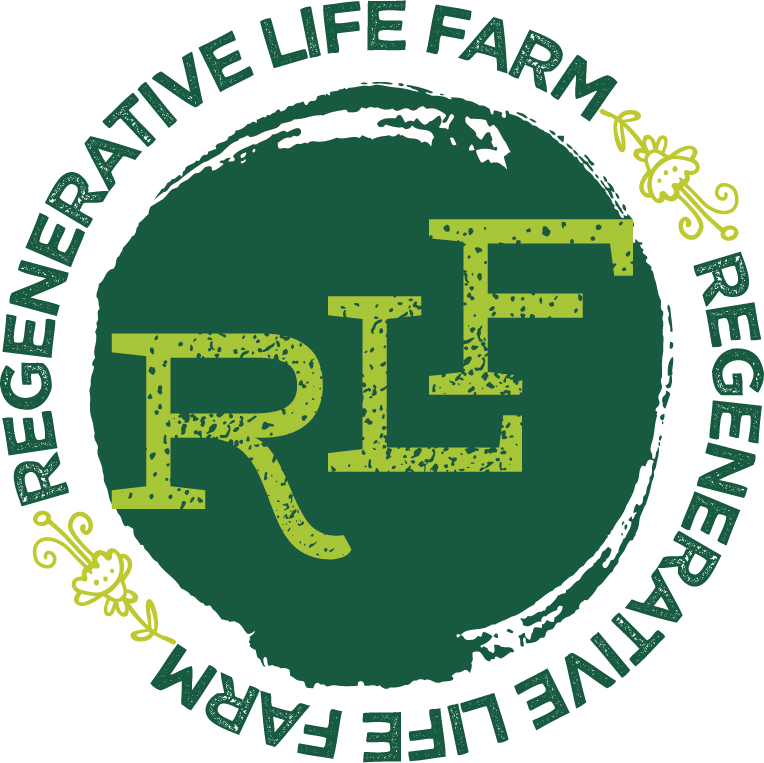Which Water
This appeared in the January 14, 2021 edition of The Fish Wrapl
As we look out the window at snow, rain and fog, we are trying to decide on the best way to get more water on RLF! We are fortunate to live in a place with fairly consistent rainfall. Yet most years, there comes a time when the garden urgently needs water and the rains won’t come. Collecting rainwater in a barrel for droughts is practical for a small garden, but for a large garden, you need a reliable source of life-giving water. That brings us to the decision - a Well or a Pond? Do we capture or extract water?
City water is not a good option because of the chemicals added to make it safe for drinking. Chlorine kills the bacteria that make humans sick, but also kills the bacteria in healthy soil. Reverse osmosis would get rid of the chemicals, but at best the process creates one part waste water to every part usable water - chemical-saturated wastewater that needs to be disposed of somewhere.
A pond can be an attractive sight on a farm. It catches and holds seasonal run-off and rain without draining the aquifer. It’s a way to store water in times of abundance for use in times of drought. However, a pond is not a natural water system and it requires the proper terrain and is not necessarily drought-resistant.
In theory, a well would be picturesque and provide quality water that works year round. As many know though, a well might not provide the best water around here, and during droughts it might be a dry hole. Whether a well or a pond, improving soil health to increase infiltration and retention of water is crucial. We are waiting for the right decision to make itself clear. Until then, we’ll be working on our rain dance!
